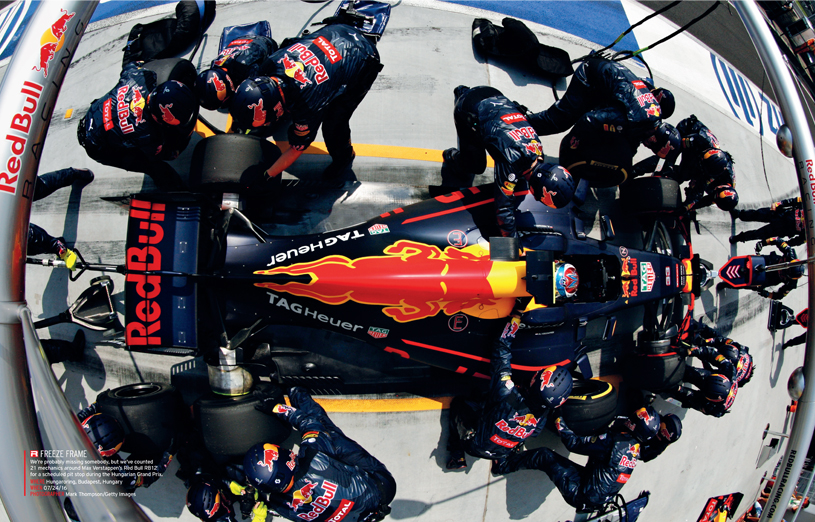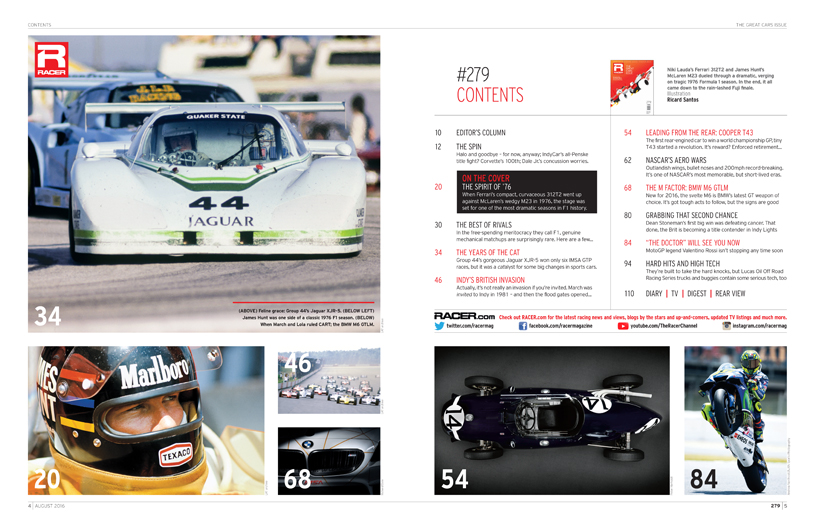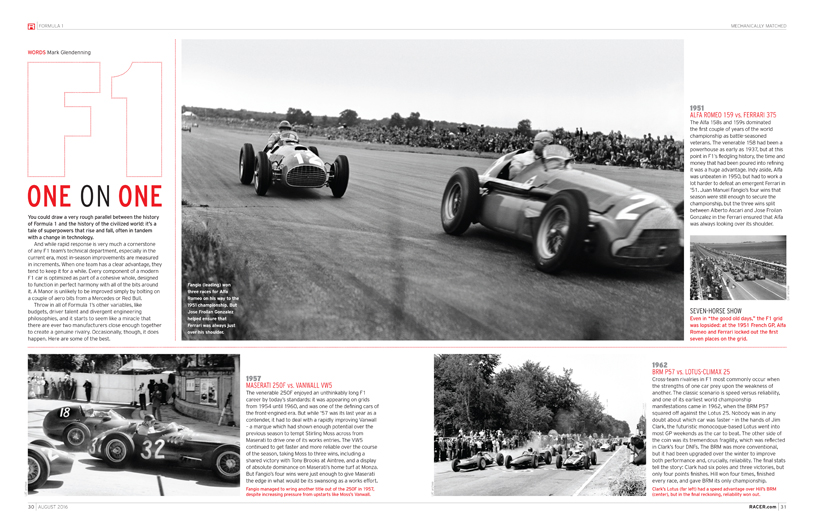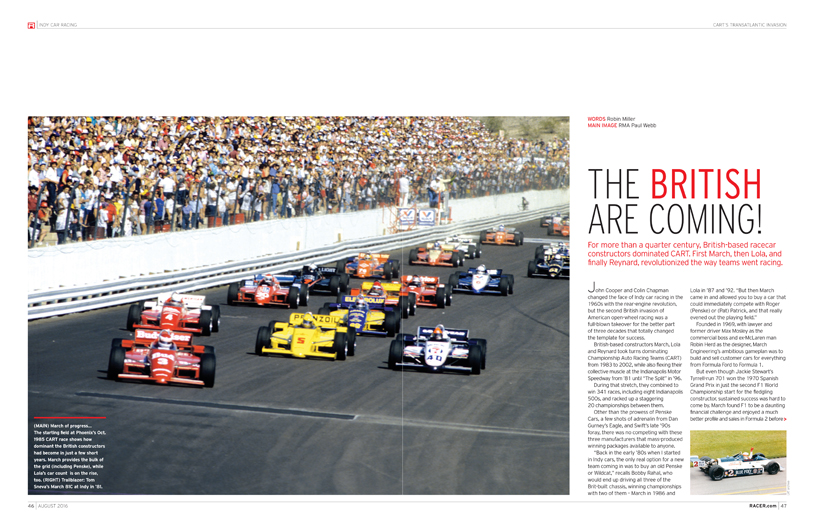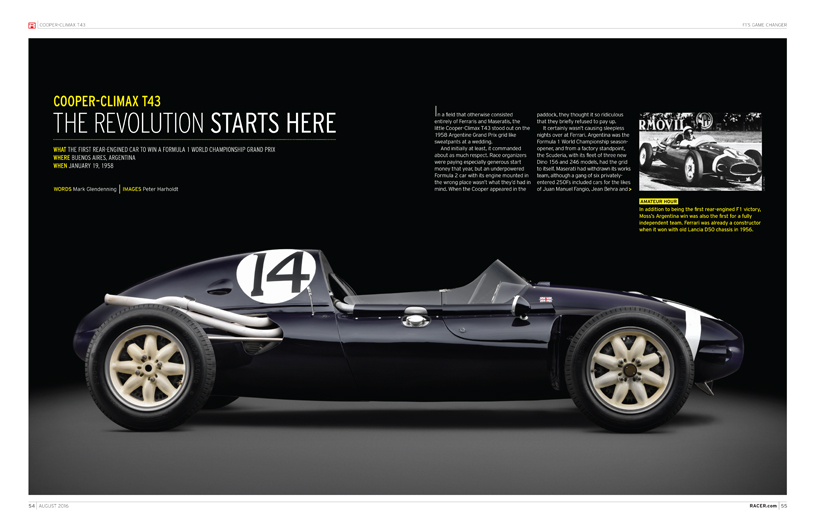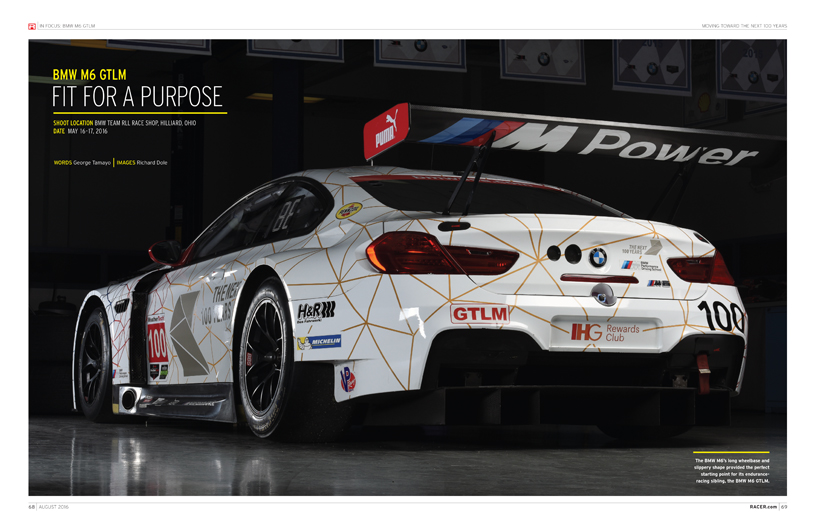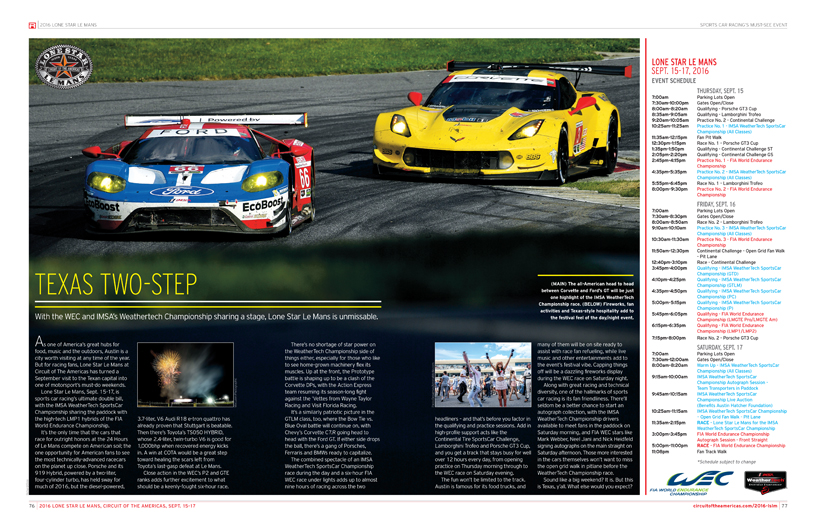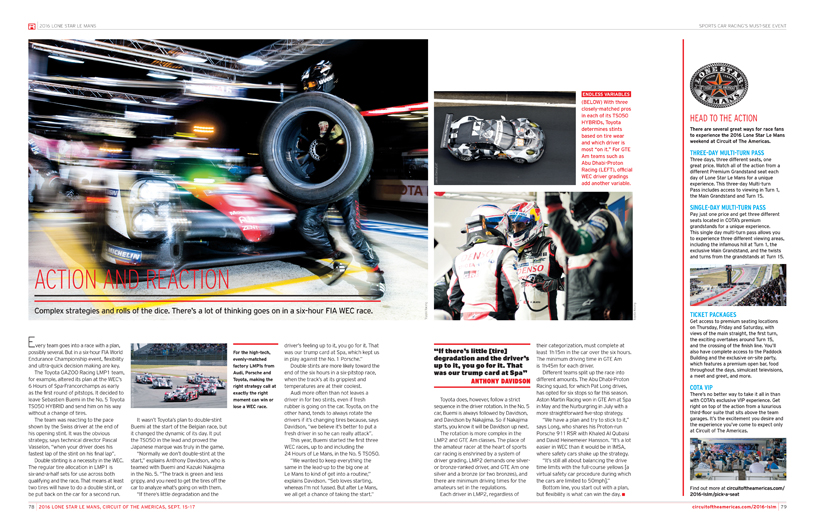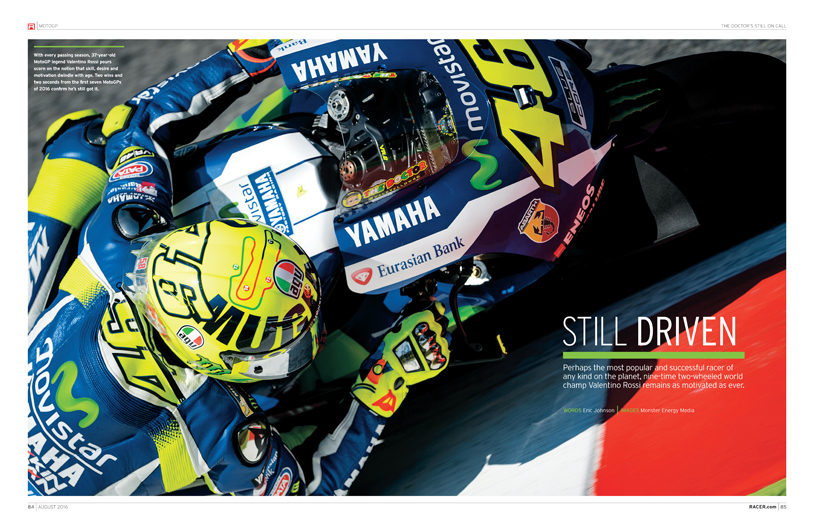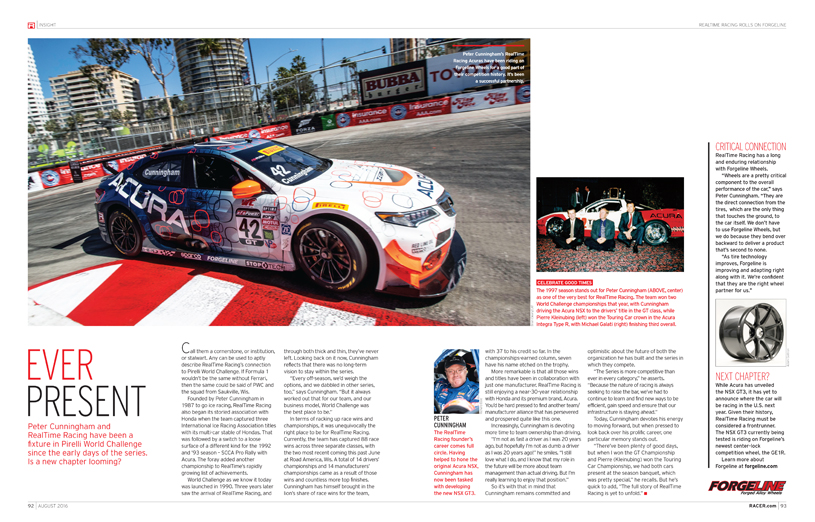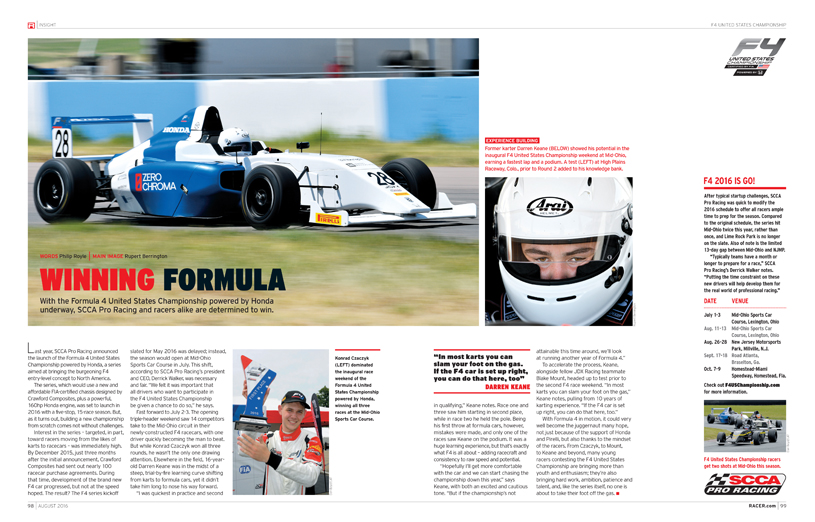Number 279: The Great cars Issue
Nobody designs or builds a racecar for reasons as amorphous as “greatness.” Mostly, they do it for more tangible goals: to be as fast and competitive as possible, and hopefully win races and championships.
Greatness, however you choose to define it, might then follow. But more often than not it doesn’t... In a sport where, by definition, there are a lot more losers than winners, that’s always been the harsh reality of it.
So why did we choose Group 44’s Jaguar XJR-5 as a subject for
our Great Cars issue? Six race wins in 40 IMSA GTP class starts, zero championships and a couple of fairly dreadful toe-in-the water forays to the 24 Hours of Le Mans are hardly Hall of Fame material in themselves. And yet, for reasons beyond mere results, that car is undeniably great.
On looks and sound alone, it gets our vote. But the kicker is what it opened the door for – IMSA’s golden era of big bucks, factory GTP racing, and Jaguar’s triumphant second coming at Le Mans, albeit with TWR’s XJR-9LM and XJR-12.
Same goes for the Cooper-Climax T43. The barely-altered Formula 2 car’s ignominious fate after winning the 1958 Argentine Grand Prix was to be surplus to requirements, superseded by “real” F1 Coopers. But it had already done enough to be considered a “great.” As the first rear-engine car to win a Formula 1 World Championship GP, the T43 was F1’s shot heard ’round the world. Thanks to the little Cooper’s inherent poise and nimbleness – and Stirling Moss’s genius – front-engine F1 cars were dinosaurs waiting for the comet.
For our cover feature, we’ve chosen two great cars – Ferrari’s 312T2 and the McLaren M23. Individually, you could argue a strong case for either one, but the sum of their parts – that memorable 1976 season filled with drama and near-tragedy; James Hunt vs. Niki Lauda – puts it beyond any reasonable doubt.

